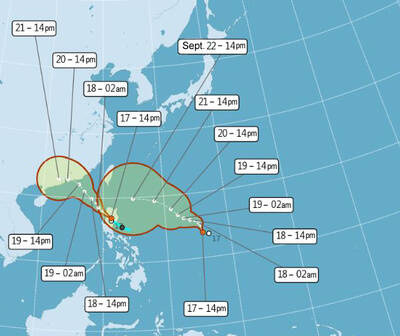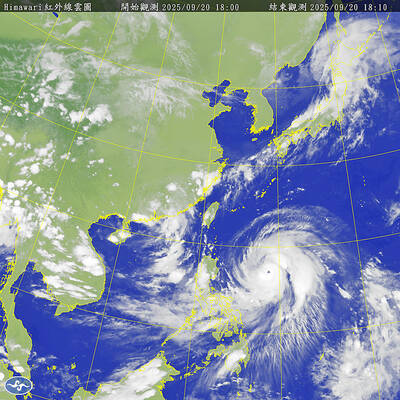Microsoft on Tuesday released free software that people can use to protect computers against viruses, spyware and other malicious codes in arsenals of cyber criminals.
Microsoft Security Essentials is available for download at microsoft.com/security_essentials and is built on technology that the global software giant uses in computer security programs it designs for businesses.
“With Microsoft Security Essentials, consumers can get high-quality protection that is easy to get and easy to use, and it won’t get in their way,” said Amy Barzdukas, general manager for consumer security at Microsoft.
“Consumers have told us that they want the protection of real-time security software but we know that too many are either unwilling or unable to pay for it, and so end up unprotected,” Barzdukas said.
Microsoft hopes that the free software will be broadly adopted, particularly by those who have not been vigilant about protecting computers from hackers, and thereby “increase security across the entire Windows ecosystem.”
More than 90 percent of computers worldwide run on Windows operating systems made by the US technology firm.
“Microsoft is helping to reduce some of the barriers that constrain consumers from running [anti-virus software],” IDC security analyst Jon Crotty said. “Microsoft is focused on the challenges that prevent consumers from running up-to-date anti-virus software today, particularly in emerging markets where there is a growing prevalence of malware.”
Security Essentials is designed to run behind the scenes, defending machines against infection by malicious computer codes.
The real-time nature of the software means it is automatically kept up-to-date regarding viruses.
Computer security specialty firm Symantec downplayed the Microsoft offering, saying it is lightweight and isn’t tuned for new forms of attack being used by hackers.
Symantec referred to Security Essentials as a stripped-down version of an old Microsoft OneCare product that got poor ratings.
“From a security perspective, this Microsoft tool offers reduced defenses at a critical point in the battle against cyber crime,” said Symantec, which produces rival Norton products.
“Unique malware and social engineering tricks fly under the radar of traditional signature-based technology alone — which is what is employed by free security tools such as Microsoft’s,” it said.

One of two tropical depressions that formed off Taiwan yesterday morning could turn into a moderate typhoon by the weekend, the Central Weather Administration (CWA) said yesterday. Tropical Depression No. 21 formed at 8am about 1,850km off the southeast coast, CWA forecaster Lee Meng-hsuan (李孟軒) said. The weather system is expected to move northwest as it builds momentum, possibly intensifying this weekend into a typhoon, which would be called Mitag, Lee said. The radius of the storm is expected to reach almost 200km, she said. It is forecast to approach the southeast of Taiwan on Monday next week and pass through the Bashi Channel

The number of Chinese spouses applying for dependent residency as well as long-term residency in Taiwan has decreased, the Mainland Affairs Council said yesterday, adding that the reduction of Chinese spouses staying or living in Taiwan is only one facet reflecting the general decrease in the number of people willing to get married in Taiwan. The number of Chinese spouses applying for dependent residency last year was 7,123, down by 2,931, or 29.15 percent, from the previous year. The same census showed that the number of Chinese spouses applying for long-term residency and receiving approval last year stood at 2,973, down 1,520,

EASING ANXIETY: The new guide includes a section encouraging people to discuss the threat of war with their children and teach them how to recognize disinformation The Ministry of National Defense’s All-Out Defense Mobilization Agency yesterday released its updated civil defense handbook, which defines the types of potential military aggression by an “enemy state” and self-protection tips in such scenarios. The agency has released three editions of the handbook since 2022, covering information from the preparation of go-bags to survival tips during natural disasters and war. Compared with the previous edition, released in 2023, the latest version has a clearer focus on wartime scenarios. It includes a section outlining six types of potential military threats Taiwan could face, including destruction of critical infrastructure and most undersea cables, resulting in

The Central Weather Administration (CWA) yesterday said that it expected to issue a sea warning for Typhoon Ragasa this morning and a land warning at night as it approached Taiwan. Ragasa intensified from a tropical storm into a typhoon at 8am yesterday, the CWA said, adding that at 2pm, it was about 1,110km east-southeast of Oluanpi (鵝鑾鼻), Taiwan’s southernmost tip. The typhoon was moving northwest at 13kph, with sustained winds of up to 119kph and gusts reaching 155kph, the CWA Web site showed. Forecaster Liu Pei-teng (劉沛滕) said that Ragasa was projected to strengthen as it neared the Bashi Channel, with its 200km